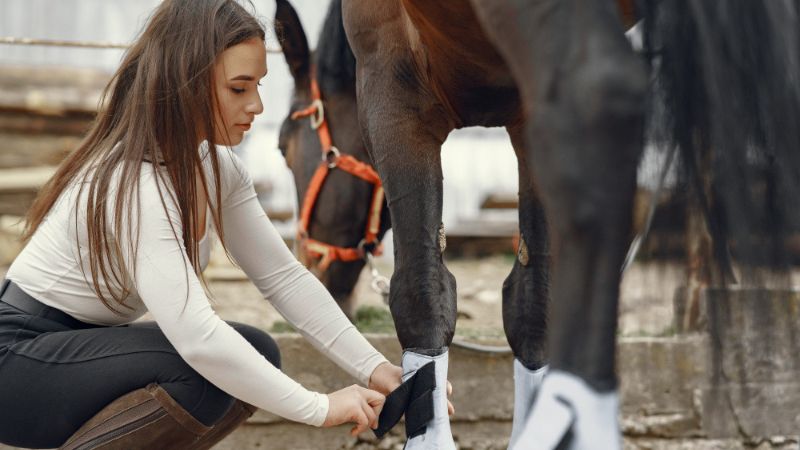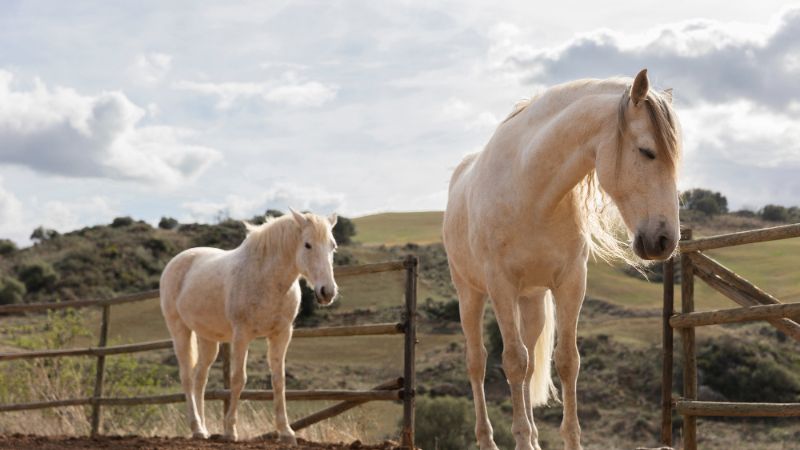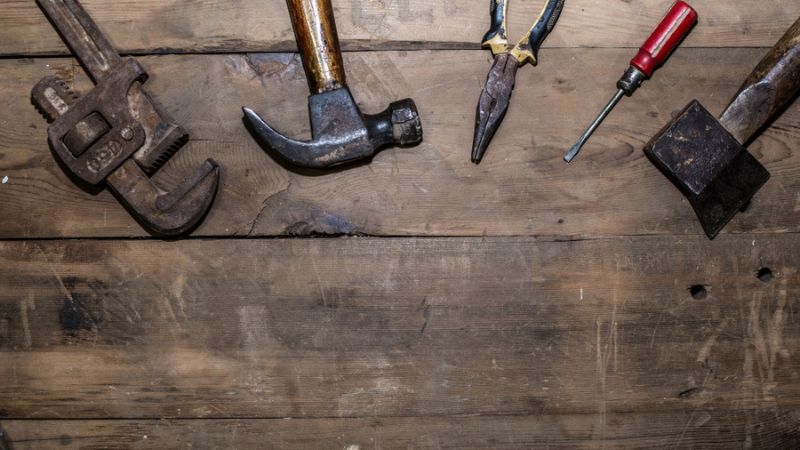How To Choose a Cutting Horse Trainer – Choosing the right cutting horse trainer is a pivotal decision for any rider seeking to excel in the sport. Cutting horse training is not merely about teaching a horse to respond to cues; it’s a partnership built on trust, communication, and skill. As such, the trainer you select plays a significant role in shaping both your and your horse’s journey in the competitive arena.
This process requires careful consideration and research to ensure compatibility with your goals and values. From evaluating credentials and experience to assessing training methods and facilities, there are numerous factors to weigh in your decision-making process. Additionally, seeking recommendations, visiting training facilities, and meeting trainers in person are essential steps toward making an informed choice.
Ultimately, the bond between rider and trainer is paramount. A strong connection and mutual understanding lay the foundation for productive training sessions and successful outcomes. In this guide, we’ll explore the key steps and considerations to help you navigate the process of choosing a cutting horse trainer that aligns with your aspirations and fosters the development of both you and your equine partner.
How To Choose a Cutting Horse Trainer
Research Trainers:
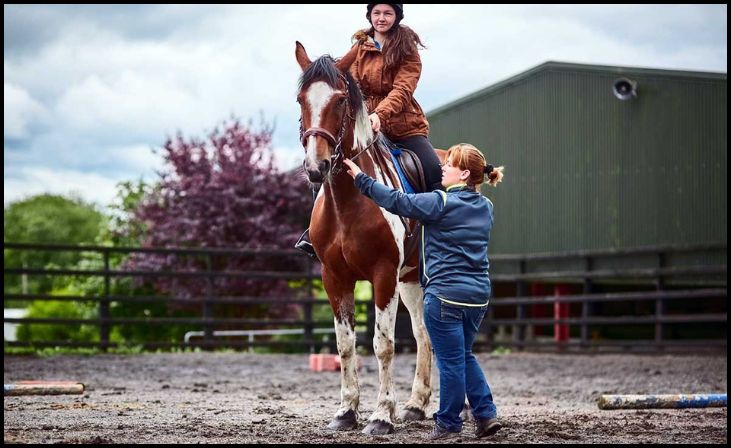
Begin your search by delving into the background of cutting horse trainers in your region or within accessible distance. Look for trainers who possess a strong reputation within the cutting horse community, boasting years of experience and a proven track record of success in competitions. Explore online resources, such as websites and social media platforms, to gather information about their training programs, accomplishments, and client testimonials.
Also Read – Importance of protein in cutting horse diets
Attend Cutting Events:
Immerse yourself in the cutting horse world by attending various competitions and events. These gatherings provide an excellent opportunity to observe trainers in action, witnessing firsthand their training techniques and methodologies. Take note of how trainers interact with their clients and horses, as well as the overall performance of their students during the events. Pay attention to trainers who consistently produce successful outcomes and maintain a positive rapport with their clientele.
Ask for Recommendations:
Seek recommendations from fellow cutting horse enthusiasts, competitors, and professionals within the industry. These individuals can offer valuable insights and firsthand experiences working with different trainers. Reach out to local cutting horse associations or clubs to inquire about reputable trainers in the area. Additionally, utilize online forums and social media groups dedicated to cutting horse enthusiasts to solicit recommendations and advice from a broader community of experienced individuals.
Visit Training Facilities:
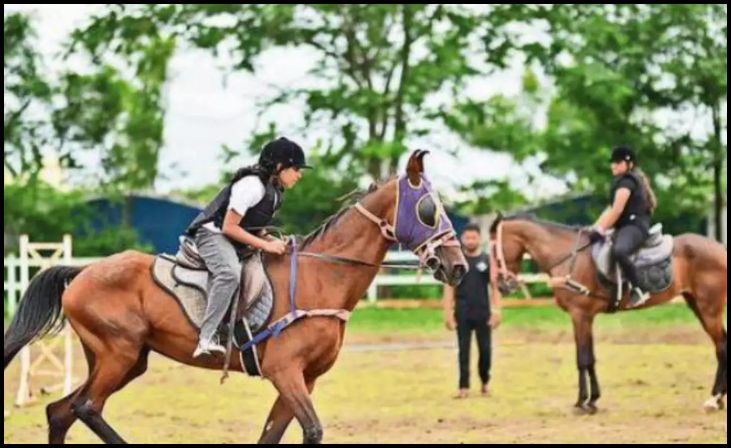
Schedule visits to the training facilities of potential trainers to assess their suitability and professionalism. Evaluate the cleanliness, organization, and safety protocols implemented within the facility. Observe the condition and well-being of the horses under their care, paying attention to their health, demeanor, and living conditions. Take note of the amenities and equipment available for training purposes, ensuring they meet your standards and requirements for effective horse training.
Meet the Trainer:
Arrange a face-to-face meeting with prospective trainers to discuss your goals, expectations, and concerns regarding your horse’s training. Use this opportunity to gauge their communication style, professionalism, and compatibility with your personality and objectives.
Inquire about their training philosophy, methodologies, and program structure to ensure alignment with your goals and values. Establish clear expectations regarding communication frequency, progress updates, and involvement in the training process to foster a transparent and collaborative relationship.
Evaluate Experience:
Assess the trainer’s level of experience and expertise in working with cutting horses by reviewing their background, qualifications, and accomplishments in the sport. Inquire about their training background, including any specialized certifications or accreditations relevant to cutting horse training.
Consider the breadth and depth of their experience in handling horses of varying temperaments, skill levels, and competitive aspirations. Look for trainers who demonstrate a deep understanding of cutting horse behavior, training principles, and performance optimization strategies honed through years of hands-on experience in the field.
Assess Communication:
Effective communication is essential for building a strong rapport and fostering mutual understanding between you and your trainer. Evaluate the trainer’s communication skills, responsiveness, and willingness to address your questions and concerns in a timely manner.
Clarify expectations regarding communication channels, such as phone calls, emails, or in-person meetings, to ensure accessibility and responsiveness throughout the training process. Establish a framework for regular progress updates, feedback sessions, and goal-setting discussions to keep you informed and engaged in your horse’s training journey.
Consider Compatibility:
Prioritize compatibility and rapport when selecting a cutting horse trainer to ensure a harmonious and productive working relationship. Assess factors such as personality dynamics, communication styles, and shared values to determine the suitability of the trainer-client partnership.
Look for trainers who demonstrate patience, empathy, and respect for both horses and riders, fostering a supportive and collaborative training environment. Seek feedback from other clients or peers who have worked with the trainer to gain insights into their interpersonal skills and ability to establish trust-based connections with their clientele.
Ask for References:
Request references from prospective trainers to validate their credentials and reputation within the cutting horse community. Reach out to past or current clients provided by the trainer to inquire about their experiences, satisfaction levels, and outcomes achieved through the training program.
Ask specific questions regarding the trainer’s professionalism, communication effectiveness, training methodologies, and overall impact on their horse’s performance and well-being. Pay attention to recurring themes and patterns in the feedback received, as well as any red flags or concerns raised by previous clients, to make an informed decision regarding the trainer’s suitability for your needs.
Trial Period:
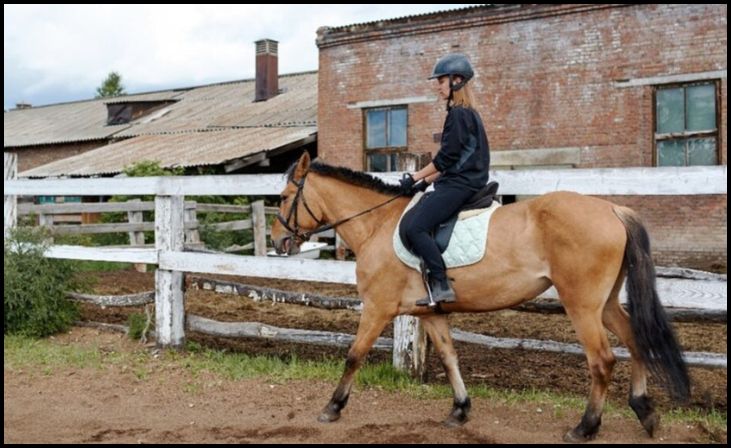
Whenever possible, arrange a trial period or initial training sessions with the selected trainer to assess compatibility and effectiveness before committing to a long-term arrangement. Use this opportunity to observe the trainer’s coaching style, training techniques, and interaction with your horse in a real-world setting.
Evaluate the progress made during the trial period, as well as your comfort level and satisfaction with the trainer’s approach and communication practices. Maintain open lines of communication throughout the trial period to address any concerns or adjustments needed to optimize the training experience for you and your horse.
Conclusion
In conclusion, selecting the right cutting horse trainer is pivotal for success in the sport. By thoroughly researching credentials, evaluating training methods, and considering personal rapport, riders can make informed decisions. Trusting instincts and prioritizing the well-being and development of both horse and rider are paramount.
Remember, the partnership between trainer and rider forms the cornerstone of achievement in cutting horse competitions. With diligence and careful consideration, you can find a trainer who not only enhances your skills but also fosters a strong bond with your equine companion, propelling you toward your competitive goals.
FAQs
What qualifications should I look for in a cutting horse trainer?
Look for trainers with certifications from reputable organizations and a track record of success in cutting horse competitions. Experience in cutting horse training specifically is essential.
How can I assess a trainer’s training methods and philosophy?
Schedule a visit to observe training sessions, ask about their approach to training, and inquire about their philosophy regarding horsemanship and communication with horses.

